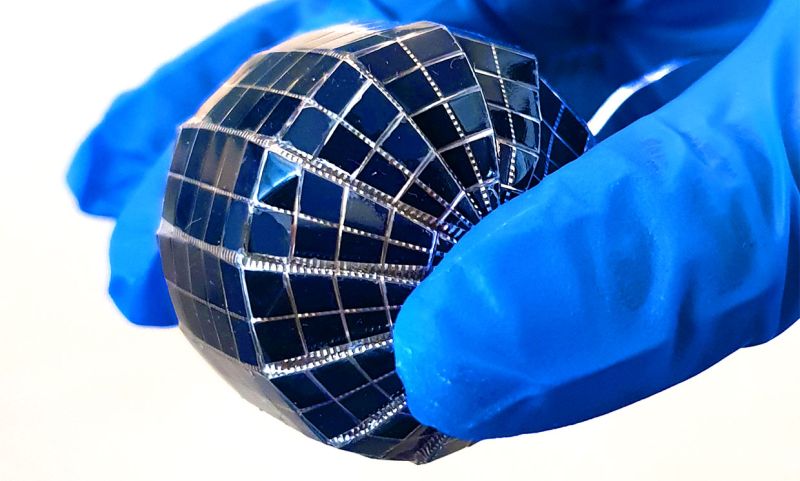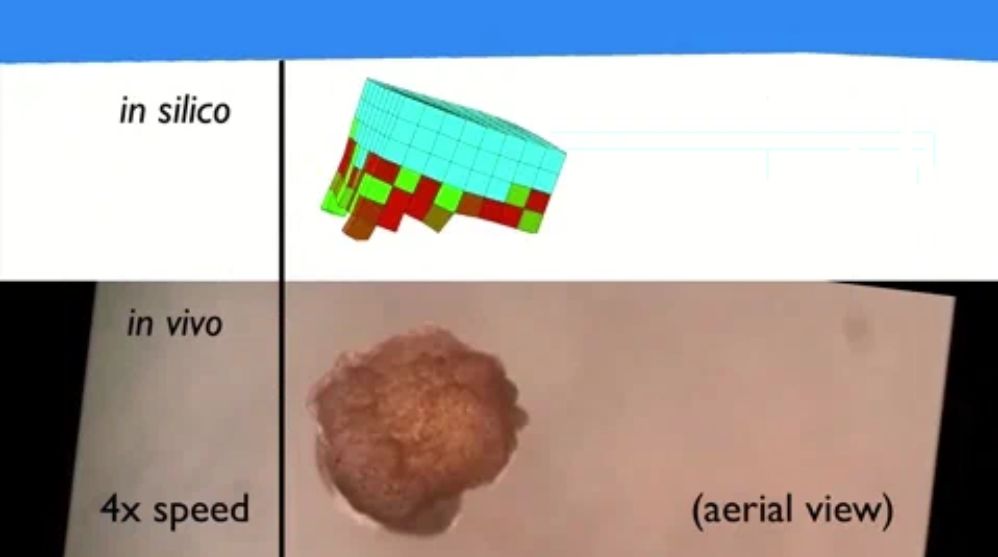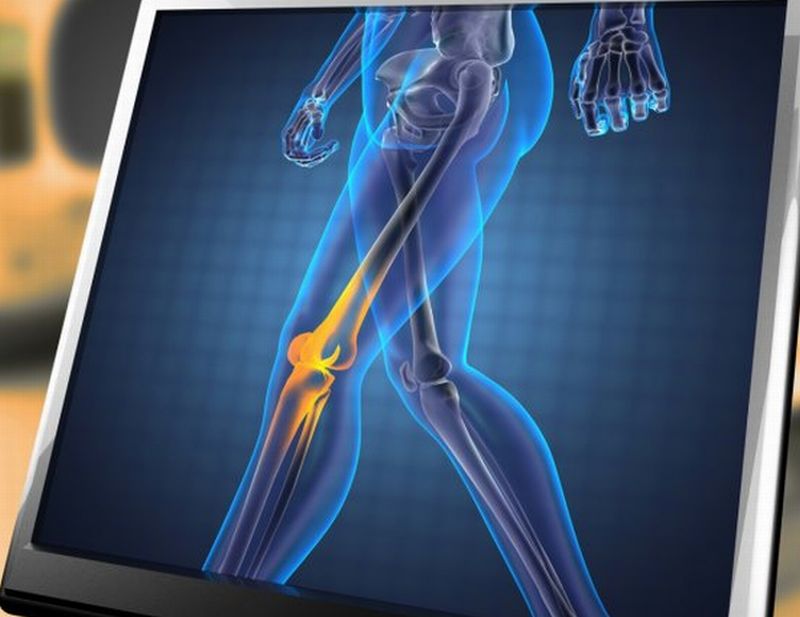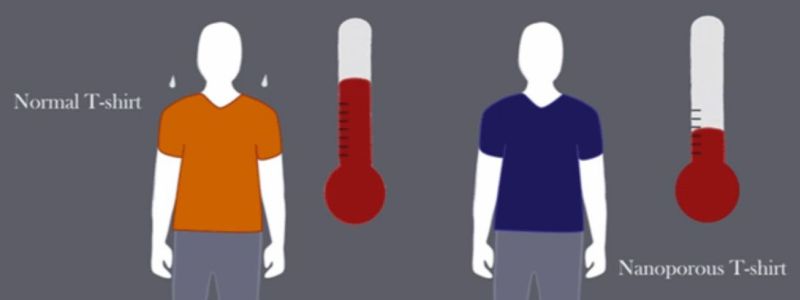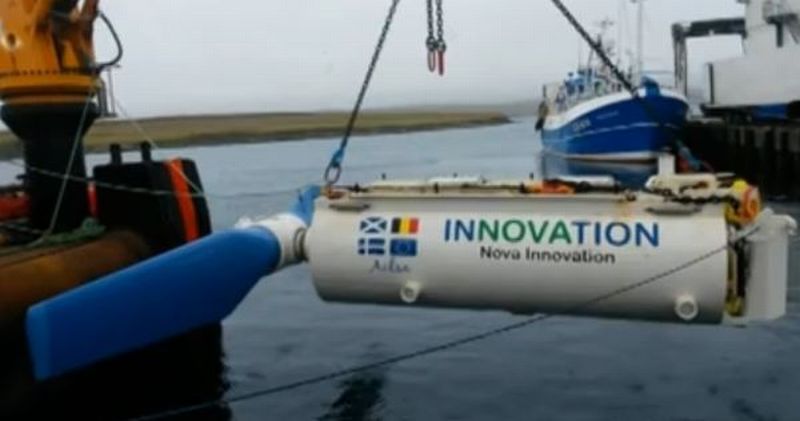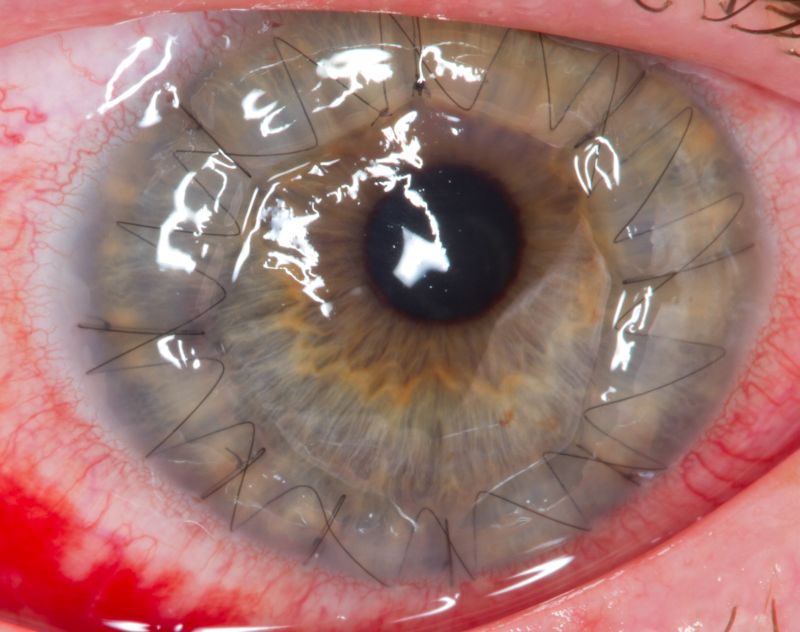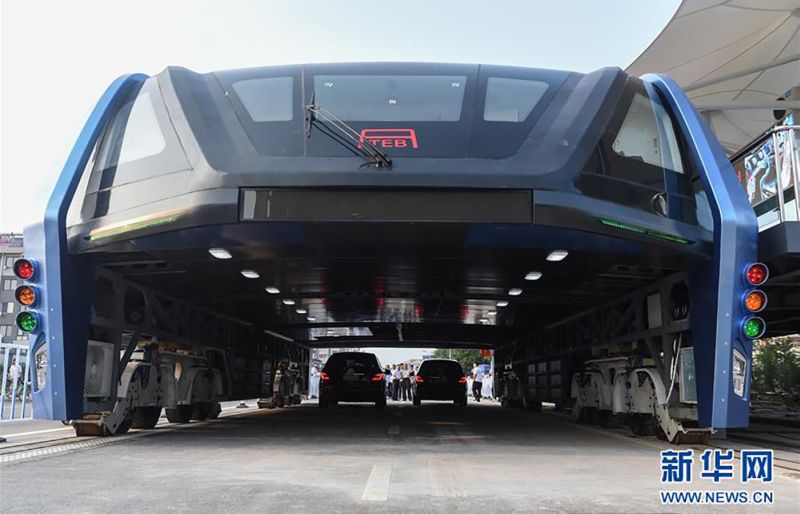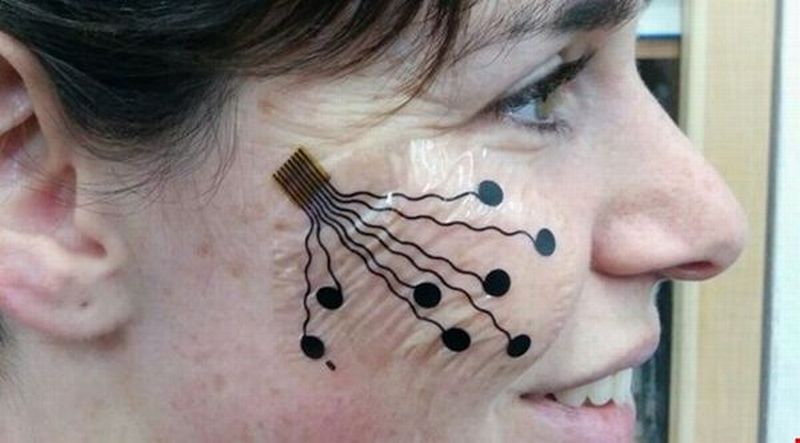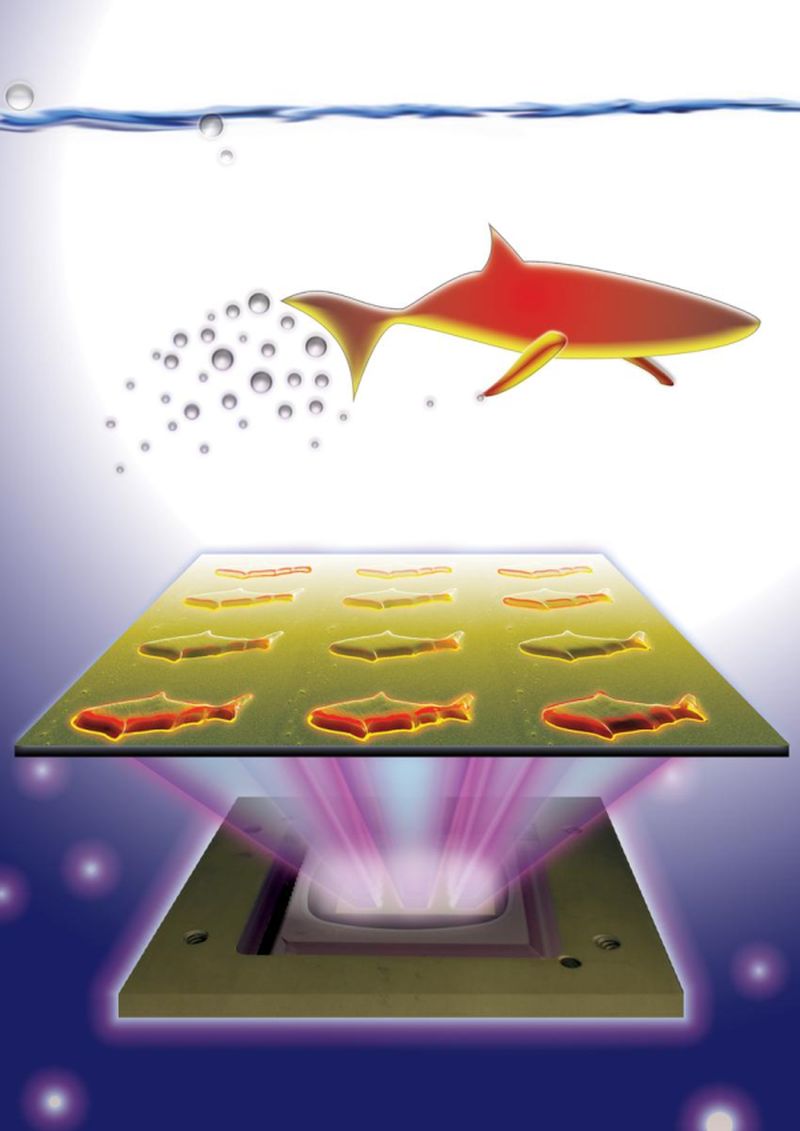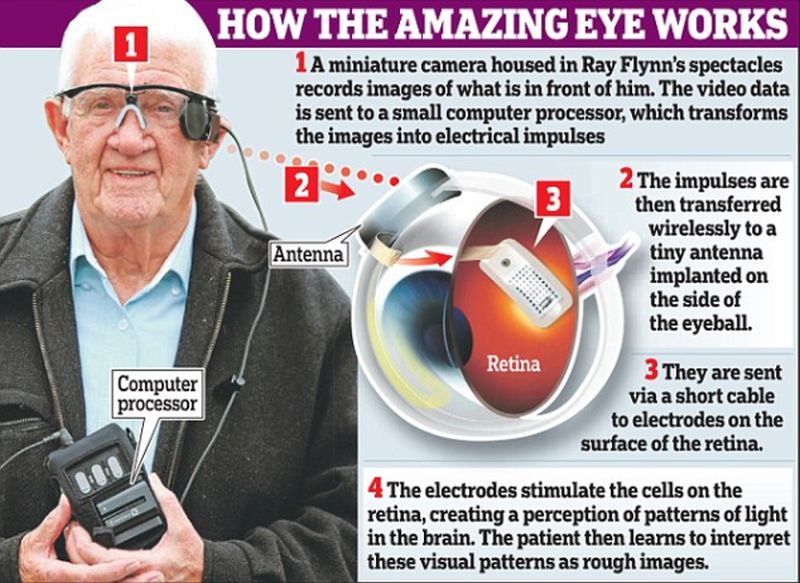Astronauts harnessed the microgravity environment at the International Space Station by developing an ‘exotic’ form of matter. We call it exotic because this form of matter has not been easily observed on earth – maybe due to gravity.
Read MoreTag: innovation
Spherical Solar Cells Boost Up Solar Energy Harvesting
Flat solar panels dominate the world market when it comes to capture solar energy directly from the Sun. However, the flat design has a major limitation as it cannot keep track of sun’s apparent motion.
Read MoreXenobot: AI is Pushing the Best Way to Construct Itself
Scientists at the University of Vermont, have created a new class of artifact, called xenobots. They have used frog’s stem cells to fabricate first living robots.
Read More3D Bioprinting Would Help Bones Regenerate Without Using Grafts: Printing Prosthetics
Dublin based research team has successfully developed a procedure of 3D bioprinting to design new cartilage templates in the shape of missing bones. This bioprinted template will be implanted in the body to regenerate new bones to fix major injuries and bone defects. Traditionally, such injuries and bone defects require some form of bone grafts that are painful and invasive and often have complications of its own.
Read MoreRobot for Marine Salvage at Dubai (w/Video): Robotic Beach Lifeguard Technology
Emily – a remote controlled robotic lifeguard will be soon deployed at Dubai’s beaches for rescue missions. Boat shaped Emily is the latest technology used by the Dubai Municipality for ensuring safety of the beachgoers.
Read MorePlastic based Clothing that Cools the Wearer (w/Video): Nanoporous Polyethylene Textile
With summer getting more unbearable each year, scientists finally have come up with new clothing material that helps to keep the body cool naturally. Thus, reducing the need for air conditioners and saving considerable energy.
Read MoreScottish Energy Tidal Turbine Power Company Supplies Electricity to the National Grid: Renewable Power (w/Video)
Technology advancement in harnessing renewable sources of energy such as solar and wind has reached a long way. However, tapping marine energy efficiently and reliably at the same time has always remained a challenging task.
Read MoreRegeneration of Eye’s Outermost Layer via Hydrogel Films: Corneal Transplantation
In a breakthrough study, a team of scientists from the Melbourne University has achieved success in growing cornea cells in the laboratory. Scientists have successfully implanted laboratory grown cornea cells in the eyes of sheep. They are expecting to begin clinical trials in humans soon.
Read MoreNew Building Material From Waste Plastic: RePlast The Future Of Plastics
Plastic waste management is one of the major problems worldwide. Plastics production utilizes valuable fossil feedstock and has a notable carbon impact. They are not only hard to decompose but are also occupying our landfills and entering the oceans.
Read MoreChina’s Transit Elevated Bus Increases Utilization of Road Space: The Future of Traffic
Traffic Jams are one of the worst nightmares of urban commuters these days. China, which has some worst traffic jams ever, has come up with an innovative mode of transport known as the Transit Elevated Bus (TEB) to move around even in the most congested road.
Read MoreNon-Invasive Electric Tattoo for mapping Muscle Activity: Nanotech Tattoos
Scientists at Tel Aviv University (TAU) have fabricated an electronic tattoo that has the potential of recording muscle movements by mapping facial expressions.
Read MoreMicro fish to sense toxins & deliver drugs: 3D printed Nanobots
Nanoengineering experts at the University of California, San Diego, using advanced 3D printed technology have designed micro robots, named as micro fish. As the name suggests these tiny robots are fish shaped and can be used for various functions such as detoxification, sensing toxins and in surgeries assisted by micro robots.
Read MoreAir Capture Technology to Trap CO2: Carbon Engineering’s Initiative for Green Earth
A Canadian company known as Carbon Engineering (CE) has designed an innovative technology to capture atmospheric carbon dioxide and utilizing the captured carbon dioxide for the generation of ultra low carbon intensity liquid fuels.
Read MoreBionic Eye allows blind man to see again: The Eyeborg
Experts at Manchester Royal Eye Hospital have successfully restored the vision of 80 years old Ray Flynn, through implanting ‘bionic eye’. For the last eight years, Mr Flynn suffered from dry age-related muscular degeneration (AMD). AMD is a condition in which photoreceptor cells in the central region of the retina are damaged leading to loss of central vision. The condition is very common, affecting nearly 5,00,000 people in the UK.
Read MoreGreen Future: PlasticRoads an Alternative to Tar and Asphalt road surfaces
Experts worldwide keep finding new ways to recycle plastic waste. Qualities like lightweight, moisture resistant, flexible and relatively cheap have increased production and consumption of plastic worldwide, but with so many benefits, comes disadvantages. Plastics do not decompose easily and are posing serious threat for the environment. From land to sea, everywhere plastic debris can be seen and is a major concern for the environmentalist.
Read More

